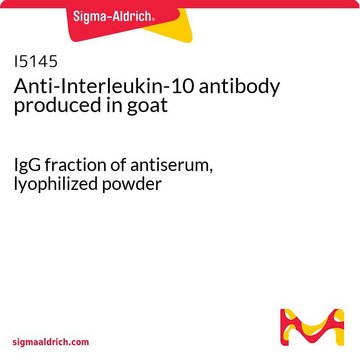HTS153RTA
Ready-to-Assay GPR68/OGR1 Proton-Sensing Receptor Frozen Cells
Human
Iniciar sesiónpara Ver la Fijación de precios por contrato y de la organización
About This Item
Código UNSPSC:
41106514
eCl@ss:
32011203
NACRES:
NA.84
Productos recomendados
product name
Ready-to-Assay GPR68/OGR1 Proton-Sensing Receptor Frozen Cells, Human GPR68/OGR1 GPCR frozen cells for Calcium Flux FLIPR Assays.
origen biológico
human
Nivel de calidad
fabricante / nombre comercial
Ready-to-Assay
técnicas
calcium flux assay: suitable
Nº de acceso NCBI
método de detección
fluorometric
Condiciones de envío
dry ice
Descripción general
Millipore’s Ready-to-Assay GPCR frozen cells are designed for simple, rapid calcium assays with no requirement for intensive cell culturing. Millipore has optimized the freezing conditions to provide cells with high viability and functionality post-thaw. The user simply thaws the cells and resuspends them in media, dispenses cell suspension into assay plates and, following over night recovery, assays for calcium response.
GPR68, also known as OGR1 (ovarian cancer G-protein-coupled receptor 1), was initially thought to be a receptor for sphingosylphosphorylcholine, although these results are controversial. Subsequent studies indicated that GPR68/OGR1 functions as a Gq-coupled sensor for extracellular pH, with maximal signaling occurring at pH of 7 or below (Ludwig et al., 2003; Tomura et al., 2005). Expression of GPR68/OGR1 is upregulated during RANKL-induced osteoclast differentiation, and knockdown of GPR68/OGR1 expression inhibits this differentiation process (Yang et al., 2006). Millipore’s cloned human GPR68-expressing cell line is made in the Chem-1 host, which supports high levels of recombinant GPR68 expression on the cell surface and contains high levels of the promiscuous G protein G15 to enhance coupling of the receptor to the calcium signaling pathway. Thus, the cell line is an ideal tool for screening for antagonists of interactions between GPR68 and its ligands.
GPR68, also known as OGR1 (ovarian cancer G-protein-coupled receptor 1), was initially thought to be a receptor for sphingosylphosphorylcholine, although these results are controversial. Subsequent studies indicated that GPR68/OGR1 functions as a Gq-coupled sensor for extracellular pH, with maximal signaling occurring at pH of 7 or below (Ludwig et al., 2003; Tomura et al., 2005). Expression of GPR68/OGR1 is upregulated during RANKL-induced osteoclast differentiation, and knockdown of GPR68/OGR1 expression inhibits this differentiation process (Yang et al., 2006). Millipore’s cloned human GPR68-expressing cell line is made in the Chem-1 host, which supports high levels of recombinant GPR68 expression on the cell surface and contains high levels of the promiscuous G protein G15 to enhance coupling of the receptor to the calcium signaling pathway. Thus, the cell line is an ideal tool for screening for antagonists of interactions between GPR68 and its ligands.
Descripción línea celular
GPCR Cell Lines
Host cells: Chem-1
Acciones bioquímicas o fisiológicas
GPCR Class: A
Protein Target: GPR68/OGR1
Target Sub-Family: SPC/LPC /proton-sensor
Componentes
Pack contains 2 vials of mycoplasma-free cells, 1 ml per vial.
Fifty (50) mL of Media Component.
Fifty (50) mL of Media Component.
Código de clase de almacenamiento
10 - Combustible liquids
Clase de riesgo para el agua (WGK)
WGK 1
Punto de inflamabilidad (°F)
Not applicable
Punto de inflamabilidad (°C)
Not applicable
Certificados de análisis (COA)
Busque Certificados de análisis (COA) introduciendo el número de lote del producto. Los números de lote se encuentran en la etiqueta del producto después de las palabras «Lot» o «Batch»
¿Ya tiene este producto?
Encuentre la documentación para los productos que ha comprado recientemente en la Biblioteca de documentos.
Nuestro equipo de científicos tiene experiencia en todas las áreas de investigación: Ciencias de la vida, Ciencia de los materiales, Síntesis química, Cromatografía, Analítica y muchas otras.
Póngase en contacto con el Servicio técnico